I volunteered at a hostel in Vrhovine, Croatia for 2 weeks. I will share more about that experience later! After Vrhovine, I traveled with 2 other volunteers who had finished out their volunteering projects as well. We traveled by train to Split where we had planned to spend 2 nights and then move onward to Korcula, an island off the coast of Croatia. On the morning of travel day to Korcula (we hadn’t booked our transport yet), our lodging had fallen through. While we could have booked new accommodation, we evaluated our options. Agustin mentioned a friend of his was going to be in Mostar, Bosnia and Herzegovina, and that he was likely going to travel there instead. After a conversation with Andy, the three of us all decided to go together.
We purchased bus tickets for a 5:30 PM departure, scheduled to arrive at 8:55 PM, a nearly 4 hour bus ride. We booked our lodging at Hostel Nina, which had incredible ratings on Hostel World, and for only €9.00 per night! They even offered complimentary pickup from the bus station – amazing. I e-mailed the hostel to arrange this, and they asked that we call them upon arrival and they would pick us up.
Our bus picked us up more or less on time, but arrived nearly 2.5 hours later than scheduled at around 11:30 PM. The delay was likely mostly caused to the border crossing, where we waited in line for what felt like a mini eternity. Once we finally got to the border, an officer boarded the bus to collect everyone’s passports, left, and the driver returned to hand them back to us as we continued on our journey – no chat with any customs agents. I called the hostel when we arrived and to my surprise said ‘see you in 10 minutes’ and a very nice lady in her nightgown came to pick us up. When we asked her if anything would still be open for dinner, she advised us that everywhere in town would not still be serving food. However, she offered to cook for us. She whipped us up some omelets, reheated some soup, and sliced up some fresh bread. The service here so far was better than most 5* hotels! We ate our meals then got settled in for the evening.
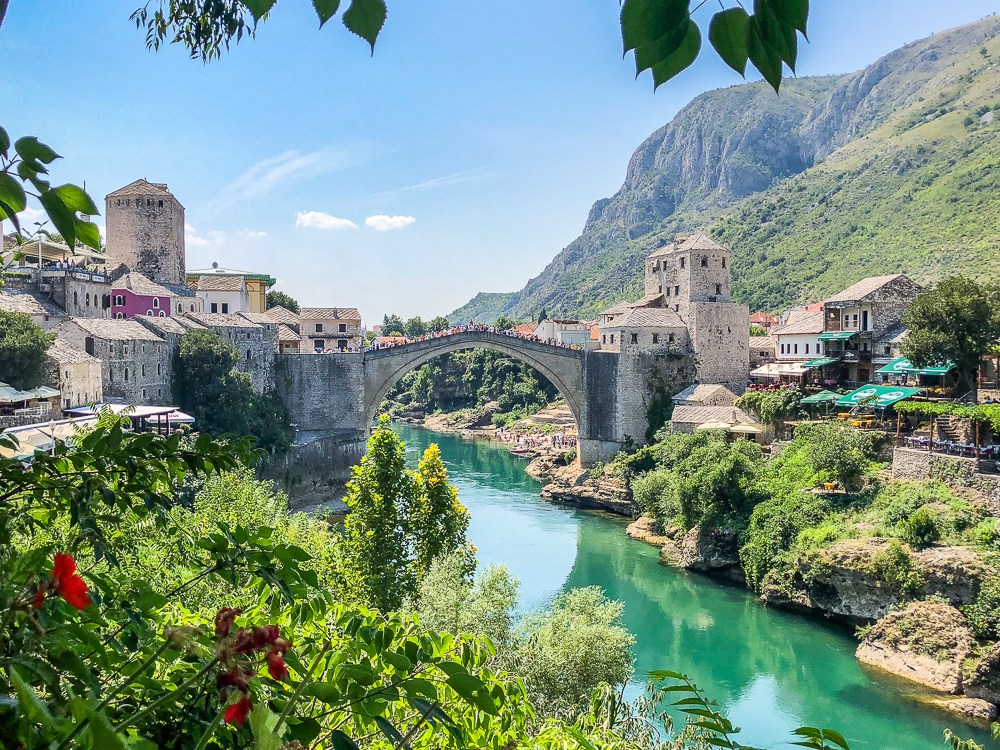
(“Stari Most” or “Old Bridge”, often referred to as simply Mostar Bridge)
We woke early the next morning in time for the free breakfast (omelet, coffee, fresh fruit, bread and jams), and headed out with the hostel’s local tour, €30.00. The day included 5 stops, all of which provided incredible insight into the history of the area or some incredible views. The gentleman who lead the tour, Zika (co-owner of the hostel), was very insightful and knowledgeable of the city and it’s history as he was born there and lived there his entire life. He shared incredibly intimate stories about his life and experiences.
We started the tour at a previously secret fighter jet bunker near the airport, large enough to house 40-60 fighter jets. We walked through with the flashlights of our cell phones as light sources – but I won’t spoil too many more details here. After this, we traveled to visit the Blagaj Tekija, a dervish monastery built under the cliff and along the water in a tiny community, built nearly 600 years ago. The views of the building were stunning, and we sat and enjoyed a Bosnian coffee at one of the little restaurants nearby. It is rumored that you can drink the water from the stream and make a wish and it will bring you good luck.
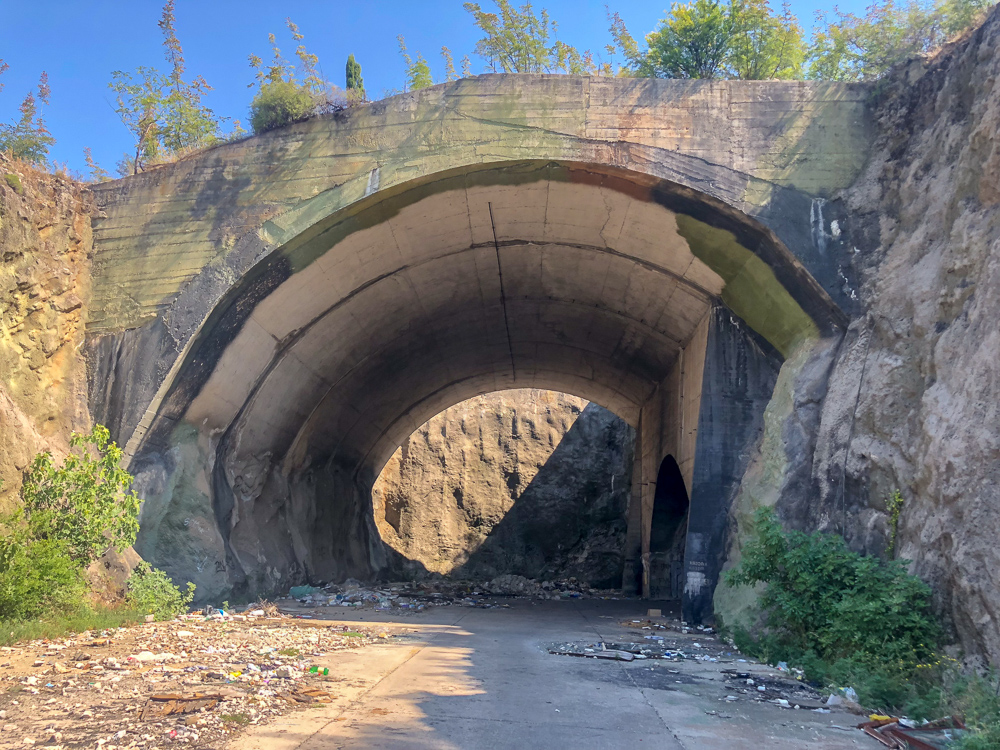

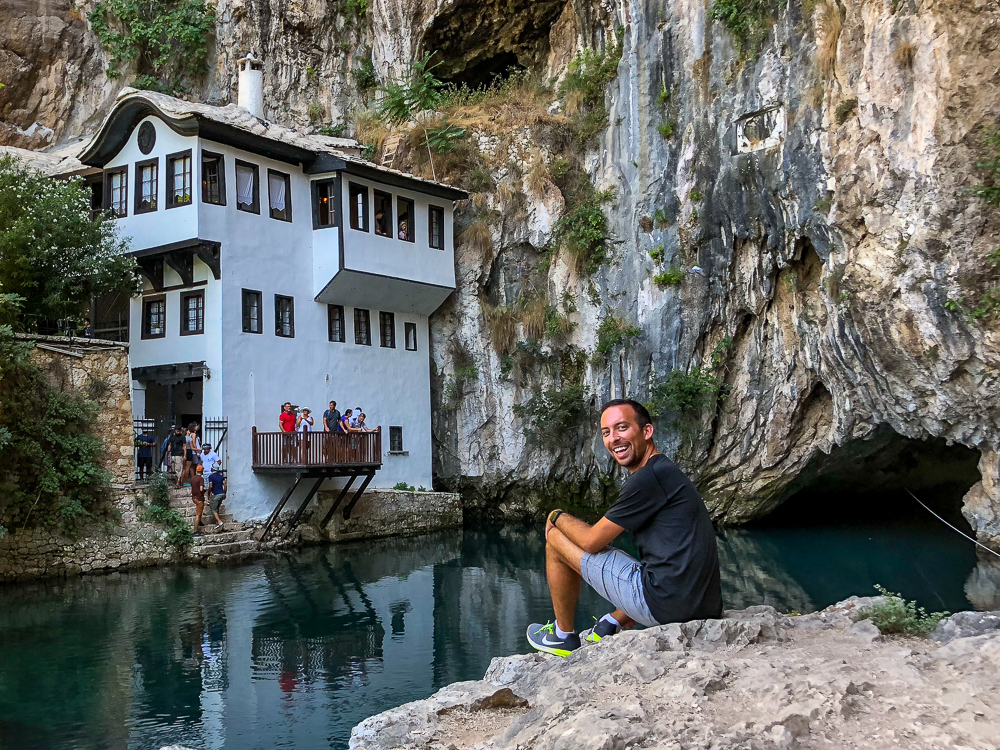
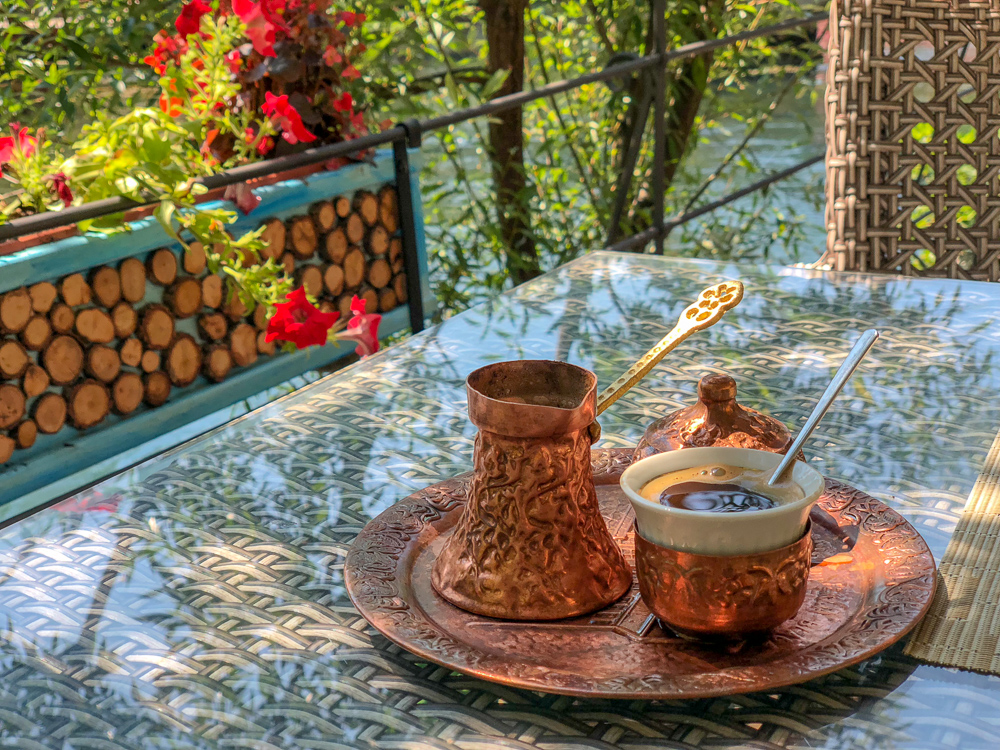
From here, we continued on to the tiny fortress town of Počitelj that previously used to have a population of around 800, however everyone in the village was forced out of their homes during the war. The village used to be an overnight resting place for people and their horses traveling between towns. After the war, only about 30 people returned and live in the village today. Therefore, it remains very quiet and the residents now make a living selling souvenirs or fresh pomegranate juice and fruits to tourists who visit. The pomegranate juice was incredibly fresh – highly recommend! We hiked to the watch tower and climbed to the top to experience the incredible views of the city and the river.

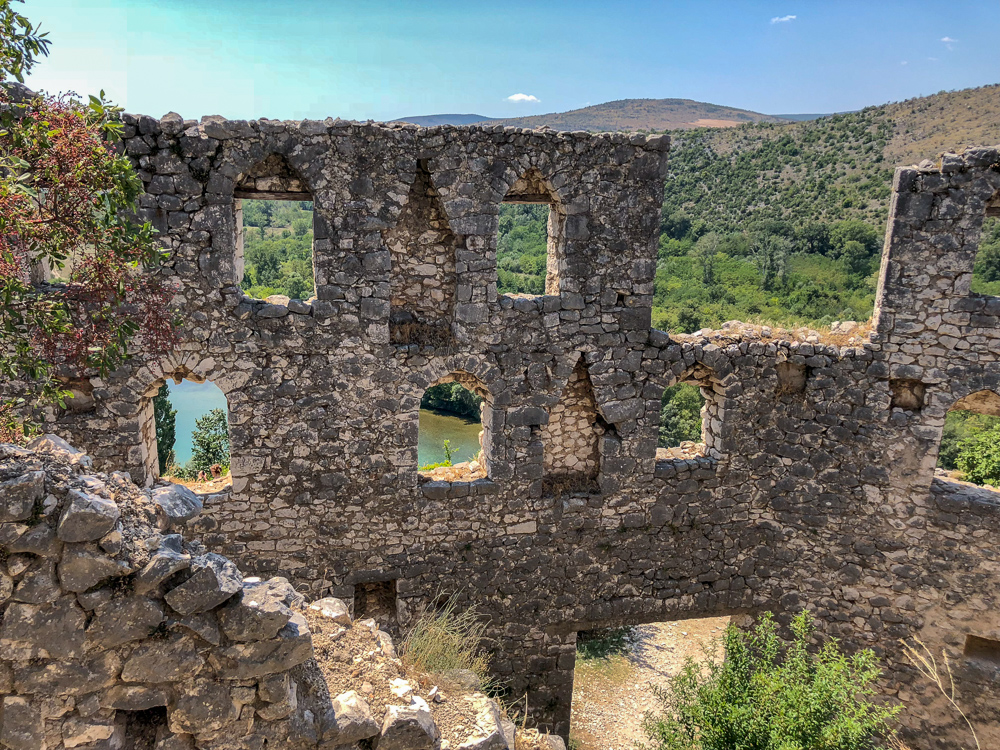



Next we made our way to Kravica Waterfall, an absolutely beautiful sight to behold! We had lunch here at a restaurant on the lake with a view of the waterfall. I ordered a hamburger and a beer – only €4.00! After lunch we swam a bit and I rented a kayak for about 15 minutes so I could get close to the waterfalls to take some photos. Many people climbed up some of the rocks and jumped off the small cliffs into the water, which was very refreshing. We spent a couple of hours here before heading to our final stop.

We were in the car for nearly an hour, and all of us (except the driver, of course) took a snooze on the journey. When we woke up we were atop Hum Hill, right next to the large cross you can see from the the town of Mostar. The panoramic view of the city was absolutely incredible. After taking some pictures, Zika, our guide, started telling us some stories about the hill, the war, and his personal experiences. He explained to us the divide between East and West, why it occurred, and described how there is still segregation and conflict that exists today. It was clear he was having an emotional time recounting his memories from the conflict, and it nearly brought me to tears to hear his story. I simply cannot comprehend what it must have been like during wartime. People were unable to leave their homes, lived in the basements, fed on grass and pigeons to survive. Absolutely incomprehensible.
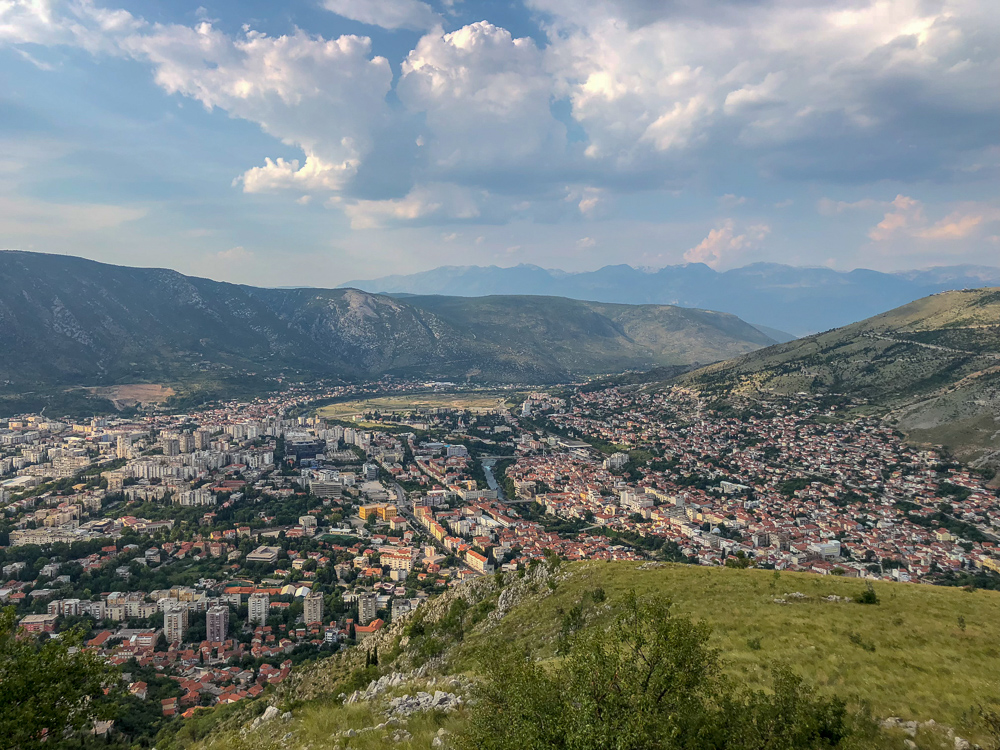
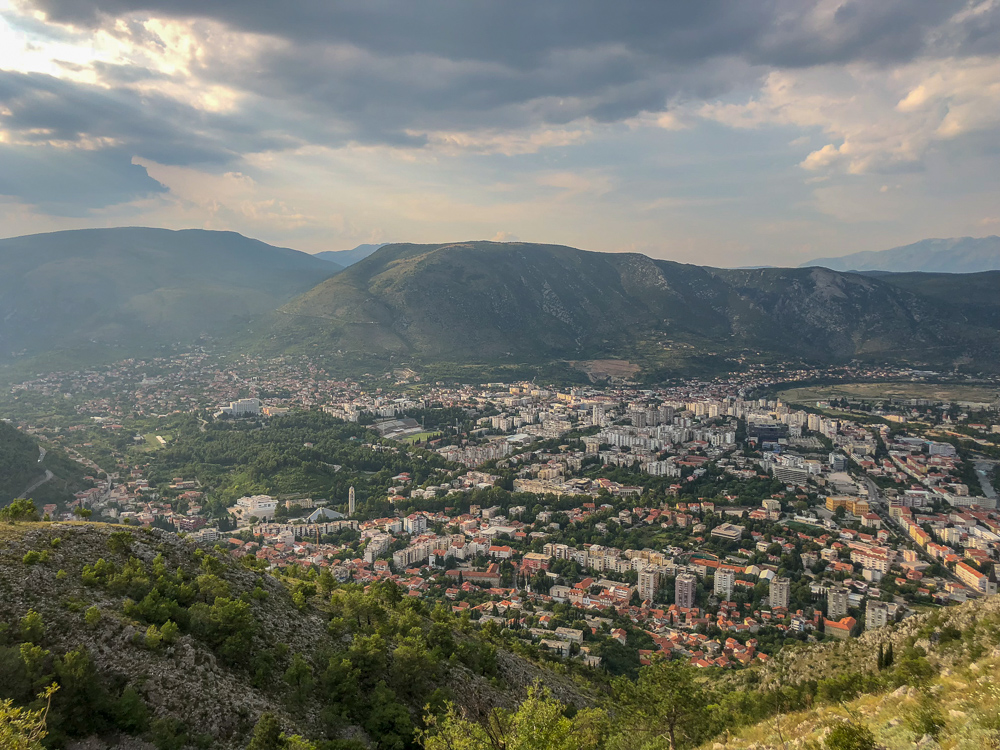
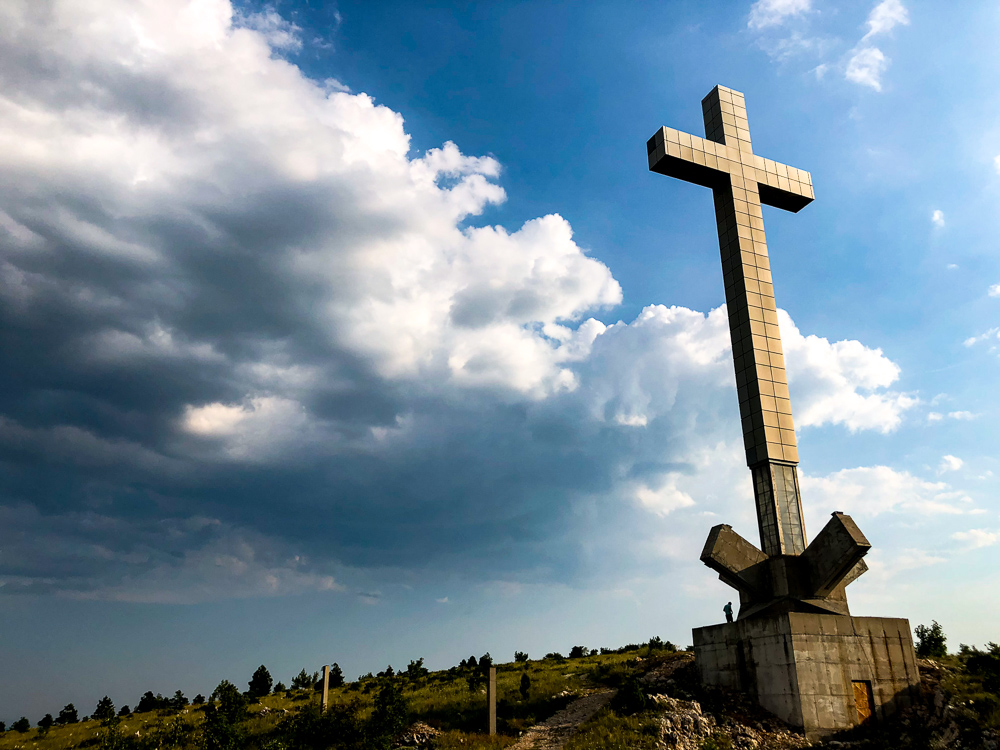
The Bosnian war lasted from 1992-1995, and the signs of the war remain present in every step you take through Mostar. While aware that wars have occurred throughout history, being present in a city where war existed during your lifetime is a haunting experience. The hill we stood on was a strategic part of the war as it provided views over the entire city of Mostar as you can see from the photos. Given this, snipers took advantage of this vantage point. Zika shared that he was often shot at from snipers who stood upon this hill. Additionally, he advised us that hiking off trail was highly discouraged as land mines were still present in the area, and nobody knows exactly where they are. He explained that, while the war is over, tension remains between both sides, the East and the West, and you will get different versions of the war from people on either side of town. The east consisted of a diverse group of people and religious backgrounds that lived together in harmony, where the west side consisted primarily of Croatian catholics. Today, you will not likely find someone from one side enjoying himself on the other side of town, at a bar for example, as you could possibly be sitting next to someone who tried to kill you 23-25 years ago. Zika showed us a bullet he carries with him that was extracted from his body as he himself was shot during the war. Bits of shrapnel still exist in his body today. My recollection of the stories do not hold a candle to the way he can recount his experience. I highly recommend this tour to anybody visiting Mostar.


We drove back to town in relative silence as we processed the stories we had heard. Upon returning to the hostel, we were greeted by a group of people waiting to do the free walking tour where the hostel volunteer, Tom, lead throughout the city of Mostar (2 hours). Wanting to understand more about this history, we definitely wanted to take advantage of the free tour.


Walking throughout the city, we stopped at various places and Tom told us different stories and explained some of the damages seen on the various buildings. Not a building in the city remain untouched during the war. Some buildings experienced heavy damage from grenades while some were laden with bullet holes. We walked along most of the front lines of the war in Mostar where the majority of the damage occurred within the city.

(This building was completely restored after the war, except for the wall you see here. Located on the east side, right on the front lines of the war, this wall was left intentionally to serve as a reminder to the west side of the conflict.)

We continued past Gimnazija Mostar, the only secondary school in town that welcomes students from all areas of town. While this is seen as a great step forward in many ways, and many of the subjects are taught together, history is one of the classes that is segregated as there remain different views of the war in the city – the idea of a complete unification of education was fiercely opposed, and many students in the city go to schools on their own sides of town.

Across the street you can also see ‘Sniper Tower’, as it is now named on Google Maps. The building was a bank prior to the war, and during the siege was taken over, the windows all destroyed, and mercenaries would come to the building and get paid per kill. While the city does not encourage visits, you can unofficially enter the building – at your own rise. We returned to this spot later, climbed a mini brick wall on the side and took the stairs and ladder to the roof. Inside you will find many unique pieces of artwork or graffiti added throughout the years. The building has an eerie feeling to it as it stands by itself, is clearly abandoned, and has a certain darkness and shadow to it.


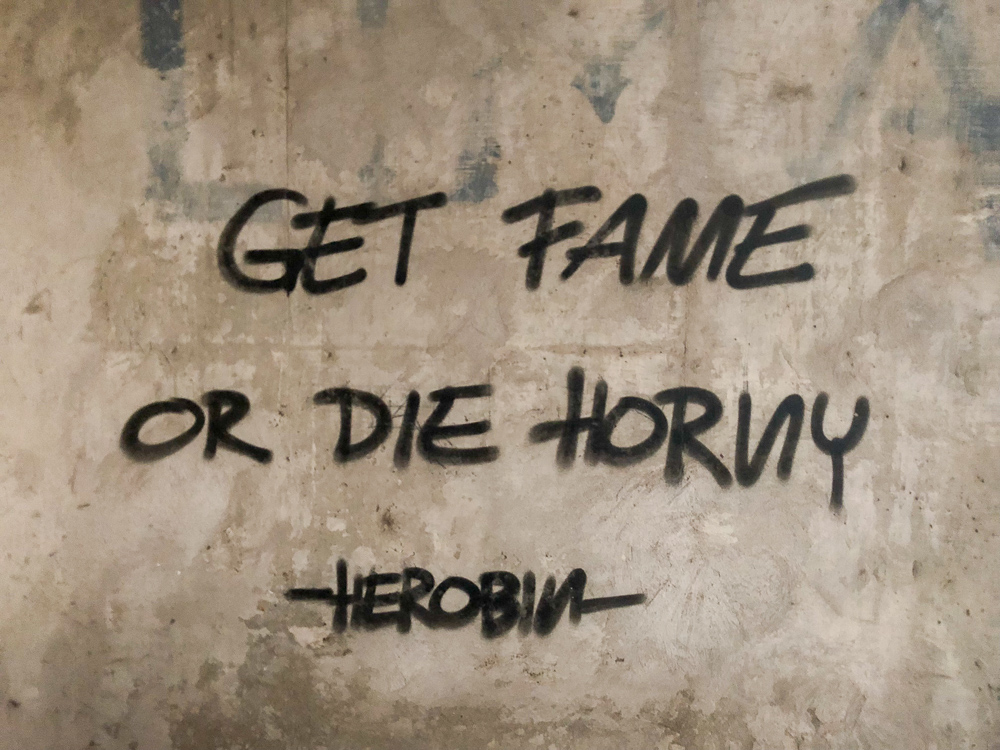

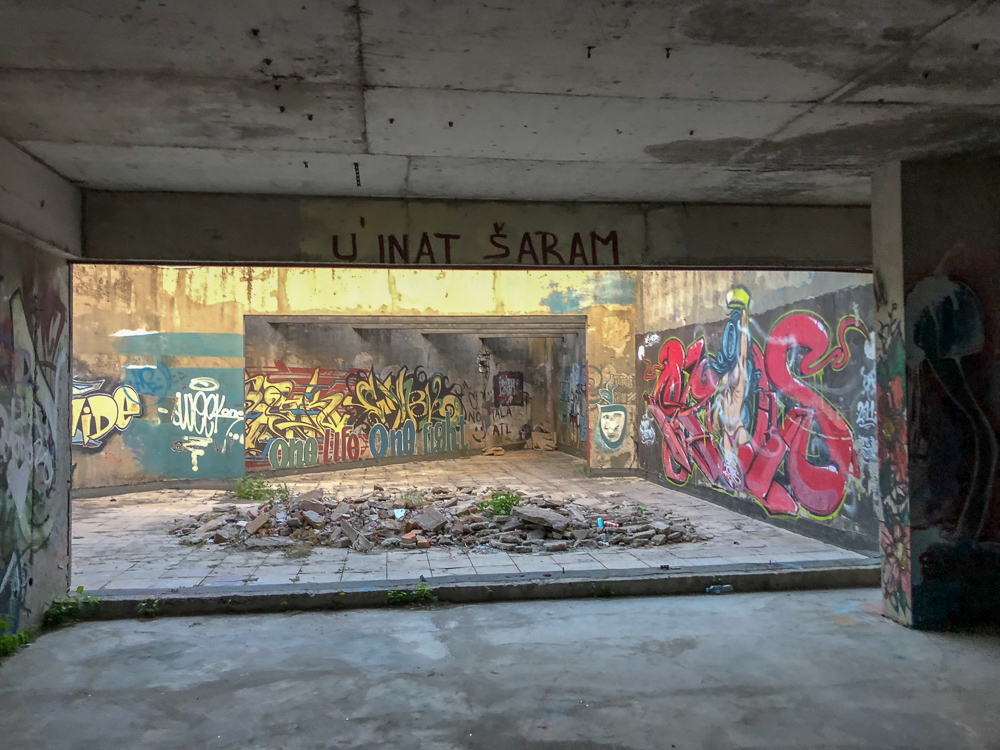
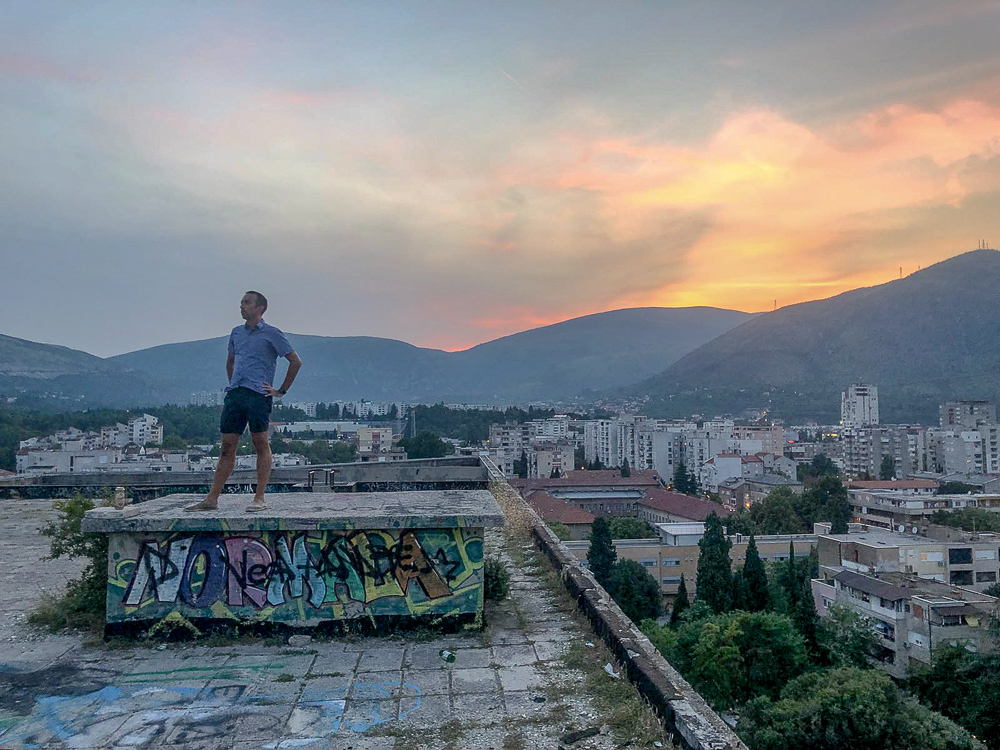
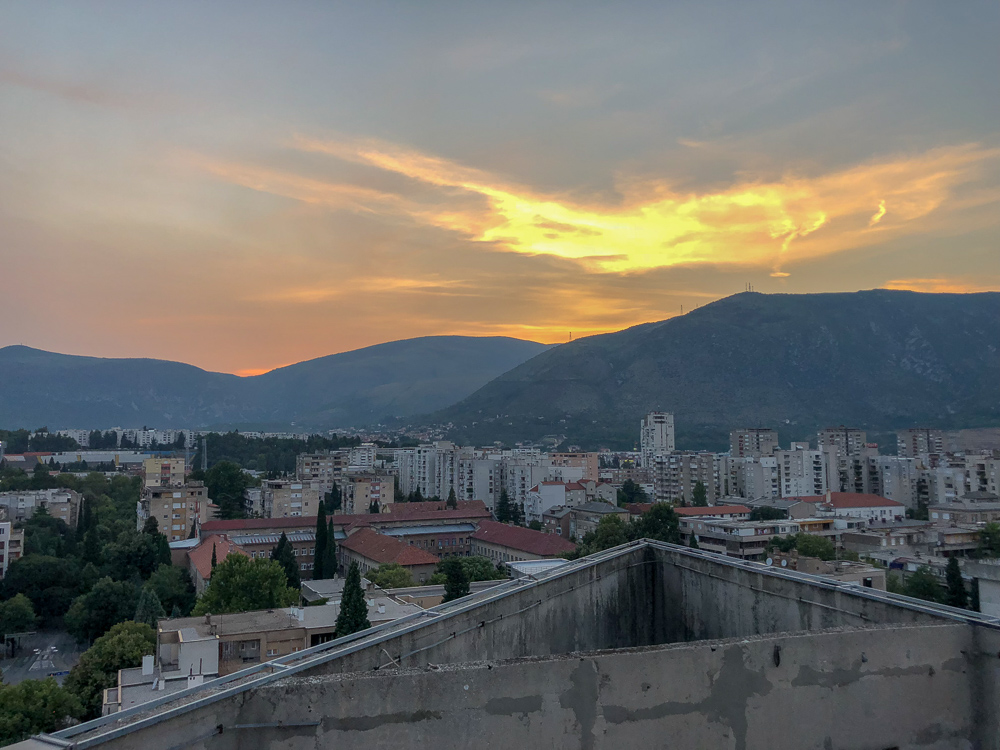

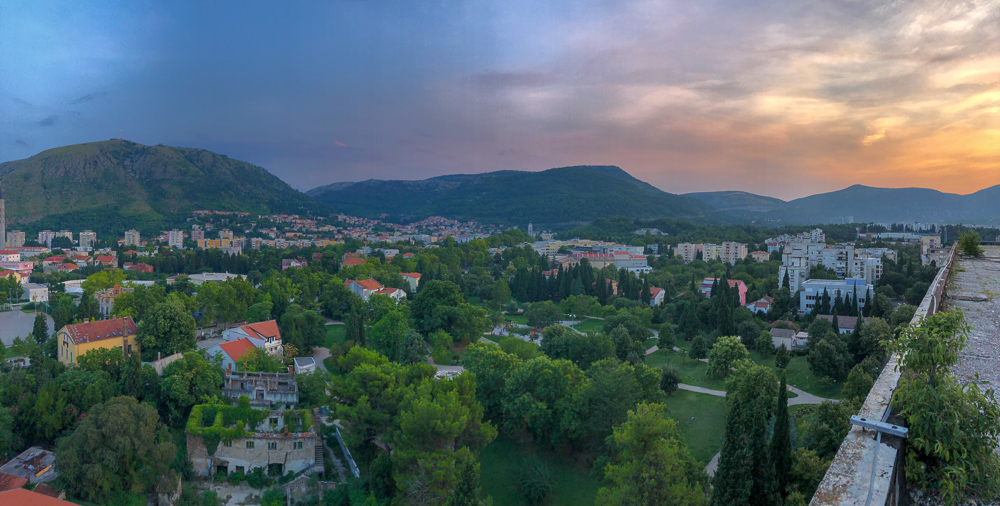
We continued along the front lines of the war and saw more reminders of devastation as many buildings remain in disrepair. I was particularly moved by this building (below) that appears completely abandoned yet people today reside in the top floors of the building. Having nowhere to go after the war, these residents returned to their old homes.




We continued past what used to be beautiful parks where kids would play football and games, that now serve as cemeteries, the final resting places for those who died during the war. I cannot even fully detail all of the stories we learned this day, nor can I comprehend how this occurred during my lifetime, and still occurs in some places around the world. While I haven’t yet watched it myself, I have been advised that this BBC documentary on YouTube is a great resource for information. Note that the video is about 45 minutes long and not recommended for sensitive viewers.

My visit to Mostar provided incredible perspective, and turned out to the one of the most valuable visits on my trip thus far. I would highly recommend you to go, and otherwise encourage you to learn more about this conflict. I had originally intended to only stay 2 nights and ended up staying 4. While a visit to the city is not only informative and can provide historical reference to the war, it also provides a great cultural perspective. There are many great restaurants, bars, and even some nightlife to enjoy in the city. You will find yourself charmed by the cobbled walkways and cute shops in town. One of the cities primary draws today, Stari Most or ‘Old Bridge’ is a popular site to see and incredibly beautiful. The bridge, among every other bridge in town, was completely destroyed during the war. The bridge we see today is an exact replica, and the renovated bridge was completed in 2004. The stones to build the replacement bridge were collected from the same quarry as the original.




Throughout the day, you will see members of the diving club dive off of the 25 meter bridge into the cold river below. If you happen to be there during one of these exciting moments, please donate money to the club member who goes around with a hat to collect! They will not dive until they collect at least €25, as this money is used to support the members of the club. Interested in diving off the bridge? You can pay €10 for a training session with the dive club, and they will take you to a practice area near the bridge. If and only if they feel you have good form and can safely dive from the old bridge will they allow you to do so. Some people practice for weeks before they feel ready. Diving from the old bridge provides an incredible adrenaline experience but can also be incredibly dangerous and fatal if not done properly. Once you finally qualify for the dive and complete this impressive feat, you can then pay €25 and become part of the diving club for life! You get assigned a specific number and sign your name in the book. Beyond locals, less than 3,000 people globally are part of this exclusive club.
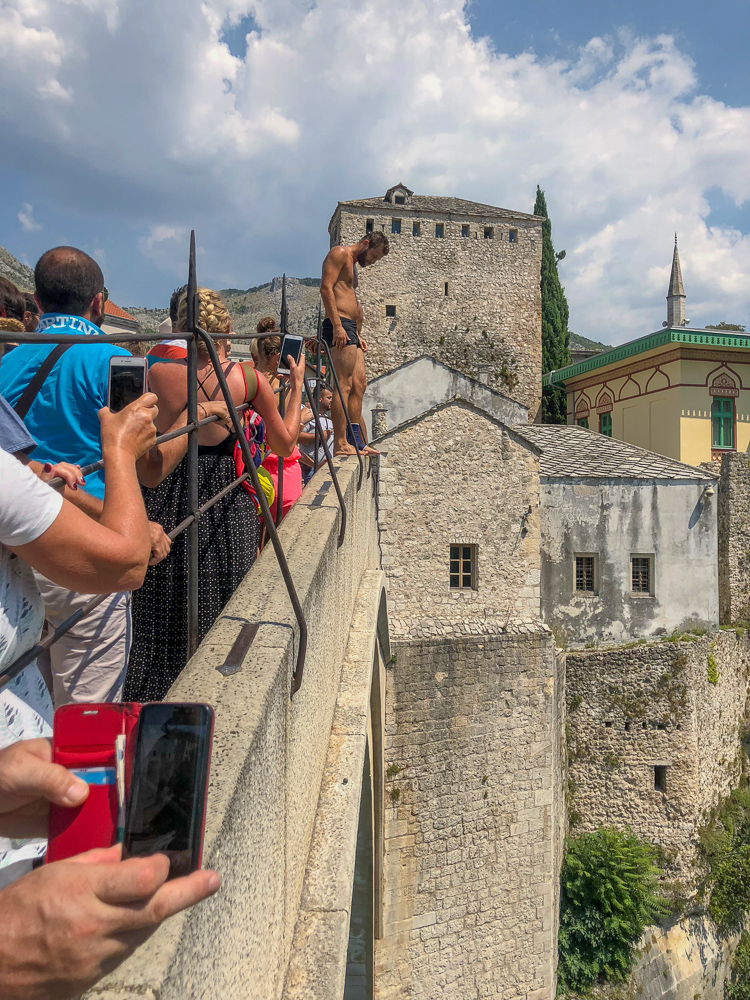
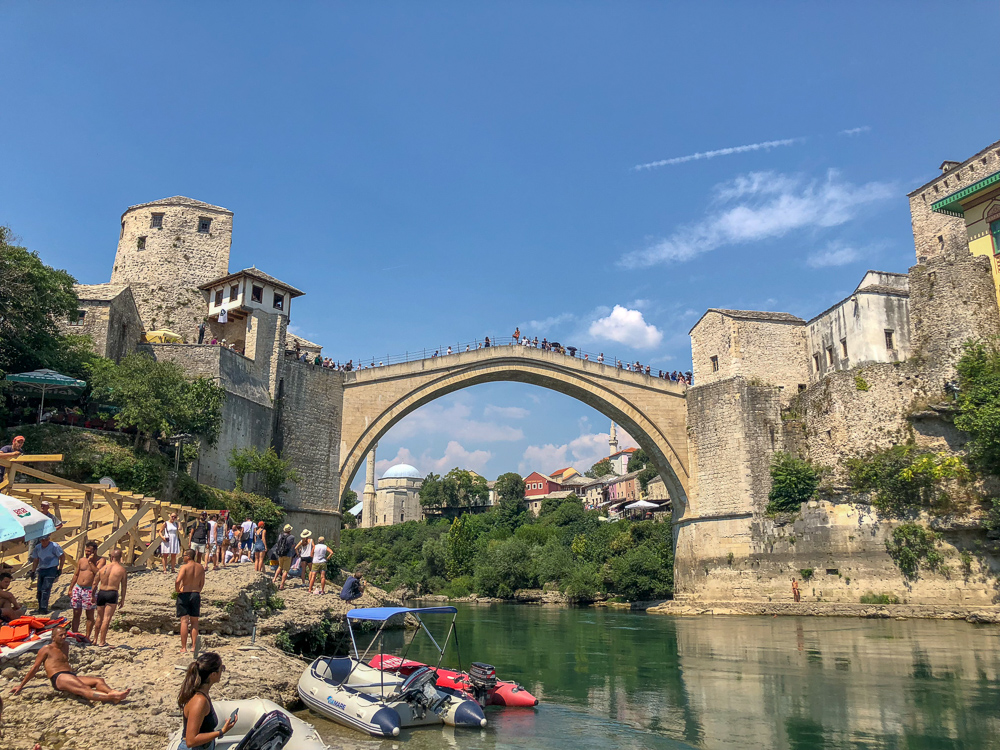
Follow me on Instagram @mkontheroad and my business page @mkluxlife. Additionally, you can read more blog posts and stories on my personal website (michaelkamens.com) and my business page (mkluxlife.com). Connect with me via email at michael@mkluxlife.com or WhatsApp at +1-202-480-1664 when you’re ready to start planning your next trip…wherever that may be. I can help with a custom proposal and itinerary, complete with accommodations, transport, and everything in between!

